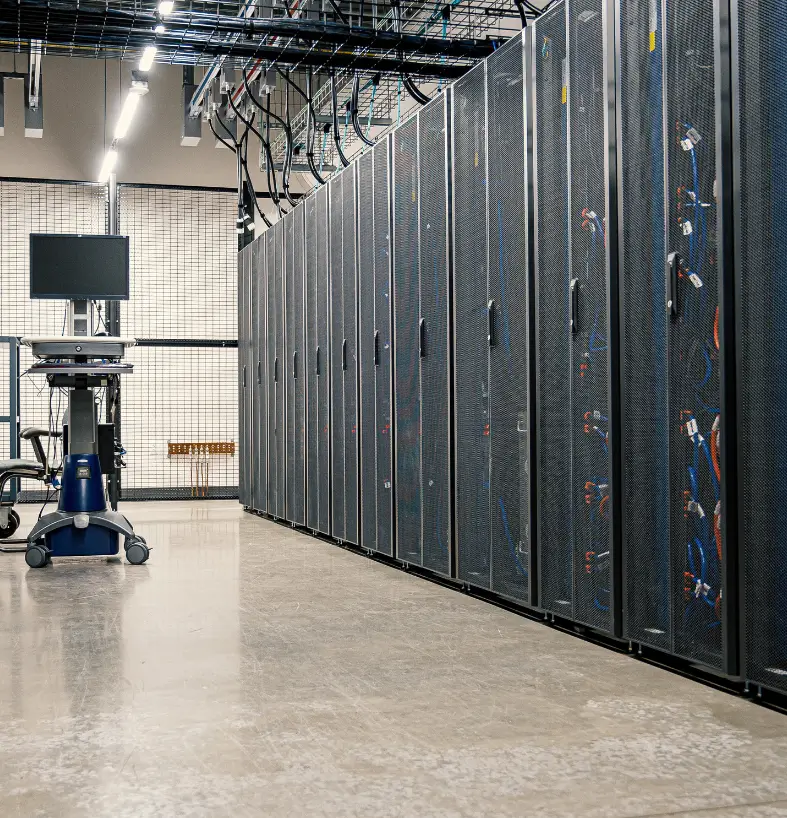
Professional RAID Data Recovery Services in Kerala
We specialize in RAID server data recovery for all configurations including RAID 0, 1, 5, 6, and 10. Whether it’s a failed disk, corrupted controller, or damaged array, our experts restore your data safely and quickly. We help businesses minimize downtime with secure, transparent, and professional recovery solutions.
Controller Failure
A damaged or faulty RAID controller can stop drives from being detected. Replace it with the same model and let professionals rebuild the RAID safely to recover data.
Multiple Drive Failure
If two or more drives fail, your RAID may become unreadable. Avoid rebuild attempts and seek expert help to clone drives and restore data securely.
Configuration Corruption
Power loss or wrong setup can corrupt RAID settings. Don’t reformat or change anything—experts can recover the original configuration and restore your data.

